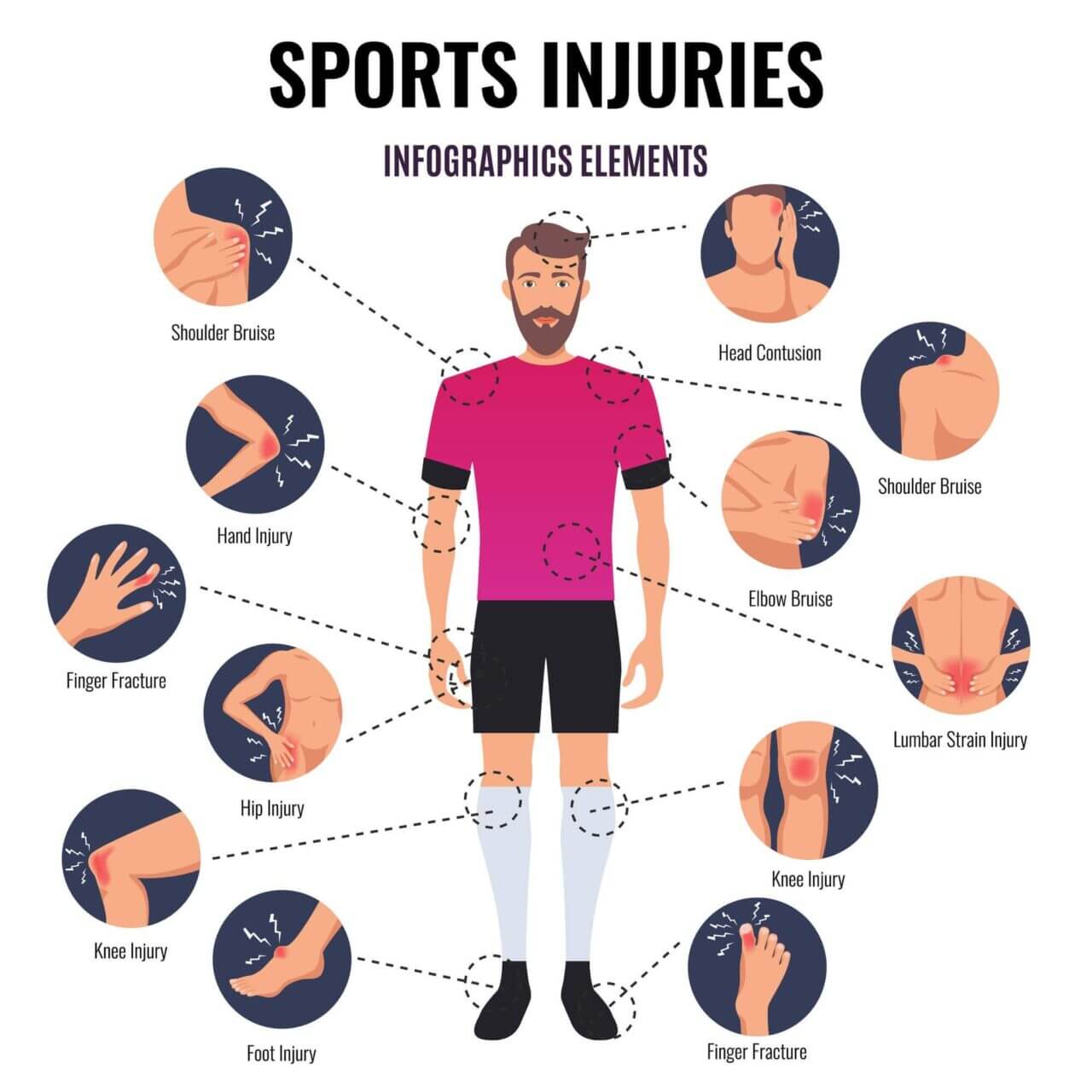
Sports injuries are an unfortunate but common part of an active lifestyle. Whether it's a sprained ankle, a torn hamstring, or post-surgical recovery from an ACL repair, proper rehabilitation is paramount not just for healing, but for preventing re-injury and returning to your sport at full capacity. Physiotherapy plays a critical role in guiding this recovery process.
Why is Physiotherapy Essential for Sports Injuries?
While rest is important immediately after an injury, prolonged inactivity can lead to muscle atrophy, stiffness, and delayed recovery. Physiotherapy provides a structured, progressive approach to healing:
- Accurate Diagnosis: A physiotherapist can precisely identify the injured structures and the extent of the damage.
- Pain and Swelling Reduction: Using modalities like ice, compression, and gentle movements.
- Restoration of Range of Motion: Gradually improving flexibility and joint movement.
- Strength and Endurance Building: Targeted exercises to regain muscle strength and stamina in the injured area and surrounding muscles.
- Proprioception and Balance Training: Re-educating the body's sense of position and balance, crucial for agility and injury prevention.
- Sport-Specific Drills: Gradually incorporating movements and drills relevant to your sport to ensure a safe return.
- Injury Prevention Strategies: Identifying and correcting underlying biomechanical issues to minimize future risks.
Phases of Sports Injury Rehabilitation
Rehabilitation is typically divided into several phases, each with specific goals:
- Acute Phase (Protection & Pain Control): Focus on R.I.C.E. (Rest, Ice, Compression, Elevation) to reduce pain and swelling. Gentle, pain-free movements may be introduced.
- Sub-Acute Phase (Restoration of Motion & Early Strengthening): As pain decreases, focus shifts to regaining full range of motion. Isometric (static) and light resistance exercises begin.
- Reconditioning Phase (Progressive Strengthening & Proprioception): Introduce more challenging resistance exercises, balance training, and early sport-specific movements.
- Return to Sport Phase (Advanced Drills & Prevention): Highly specific, high-intensity drills mimic game situations. Focus on power, agility, and ensuring the body is fully ready. Education on warm-up, cool-down, and ongoing injury prevention is key.
Returning to sport too soon or without adequate rehabilitation is a leading cause of re-injury. At Arogya Physiotherapy, we work closely with athletes of all levels to create individualized rehabilitation programs. Our goal is not just to get you back in the game, but to get you back stronger, safer, and with a reduced risk of future injuries. Don't rush your recovery – invest in proper physiotherapy for long-term success.